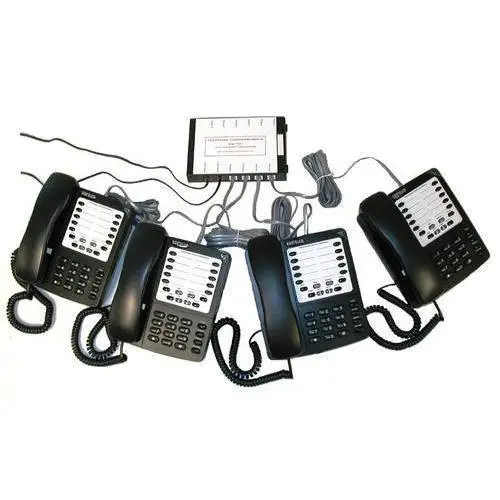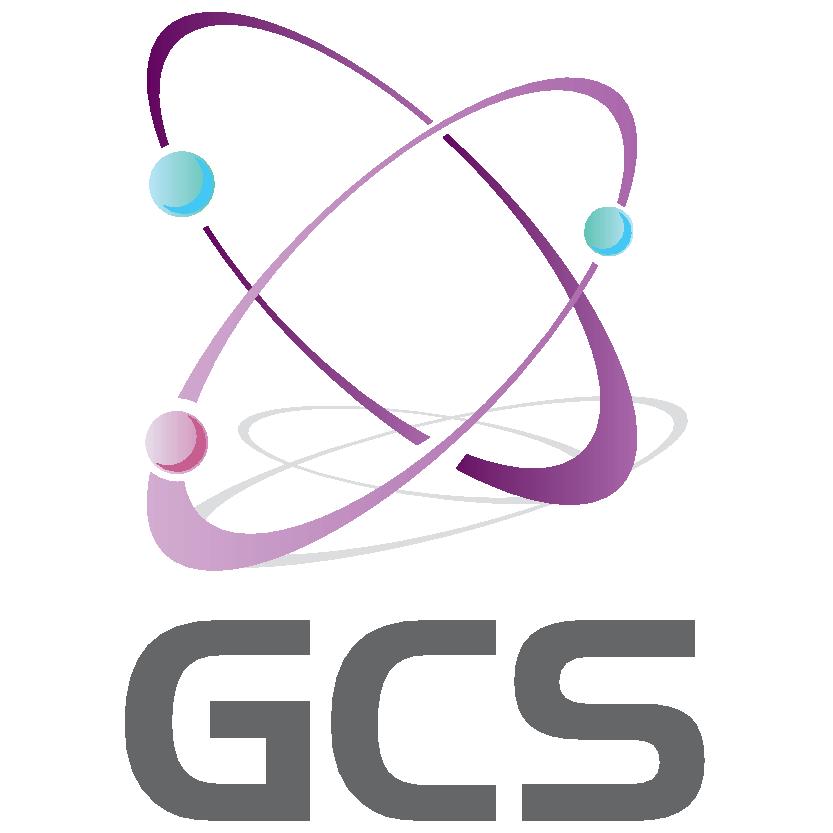Home > EPABX and Telephone
Home / EPABX and Telephone

EPABX (Electronic Private Automatic Branch Exchange) and telephones are key components of business communication systems, enabling organizations to manage and streamline their internal and external phone calls. These systems are essential for efficient and effective voice communication within an organization. Here’s an overview of EPABX systems and telephones:
1. EPABX (Electronic Private Automatic Branch Exchange):
- Purpose: An EPABX system is a private telephone switching system used within an organization to manage and route incoming and outgoing phone calls efficiently. It serves as an internal telephone exchange.
- Features:
- Call Routing: EPABX systems can route incoming calls to specific extensions or departments within the organization based on predefined rules.
- Extension Dialing: Allows users to dial internal extensions directly, making it easy to reach colleagues within the organization.
- Voicemail: Many modern EPABX systems include voicemail capabilities, enabling callers to leave messages for users who are unavailable.
- Conference Calling: Supports multi-party conference calls, facilitating collaboration among team members and external parties.
- Call Forwarding: Users can forward calls to other extensions or external numbers, ensuring that calls are not missed.
- Call Logging and Reporting: EPABX systems often provide call logs and reporting features for monitoring call activity and analyzing call patterns.
- Integration: Integration with other communication systems, such as email and CRM software, can improve workflow and productivity.
- Types:
- Traditional EPABX: These systems use analog or digital connections and are often installed on-premises within an organization’s premises.
- IP-based EPABX: IP-based EPABX systems use Voice over IP (VoIP) technology to transmit voice calls over an organization’s data network. They are flexible and can be hosted on-site or in the cloud.
- Scalability: EPABX systems can be scaled to accommodate the growing communication needs of an organization.
2. Telephones:
- Purpose: Telephones are communication devices used by individuals within an organization to make and receive phone calls. They connect to the EPABX system to access the phone network.
- Types:
- Analog Phones: Traditional landline phones that connect to the EPABX system using analog connections.
- Digital Phones: Phones that use digital connections (e.g., ISDN or T1 lines) to connect to the EPABX system. They often have additional features.
- IP Phones: Phones that use VoIP technology to make calls over the organization’s data network. They offer advanced features and can connect directly to IP-based EPABX systems.
- Features:
- Caller ID: Displays the caller’s phone number or name, if available.
- Speakerphone: Allows hands-free calling.
- Call Waiting: Alerts users to incoming calls while they are on another call.
- Call Transfer: Enables users to transfer calls to other extensions or departments.
- Voicemail Access: Provides access to voicemail messages.
- Headset Compatibility: Supports the use of headsets for comfort and convenience.
- Display Screen: Some phones have LCD screens for displaying caller information and call status.
- Compatibility: Telephones must be compatible with the EPABX system in use, whether it’s analog, digital, or IP-based.
EPABX systems and telephones work together to facilitate internal and external communication within organizations. They are critical tools for businesses to maintain effective communication with clients, customers, and employees. When choosing an EPABX system and telephones, organizations should consider their specific communication needs, scalability requirements, and the compatibility of the system with their existing infrastructure.
